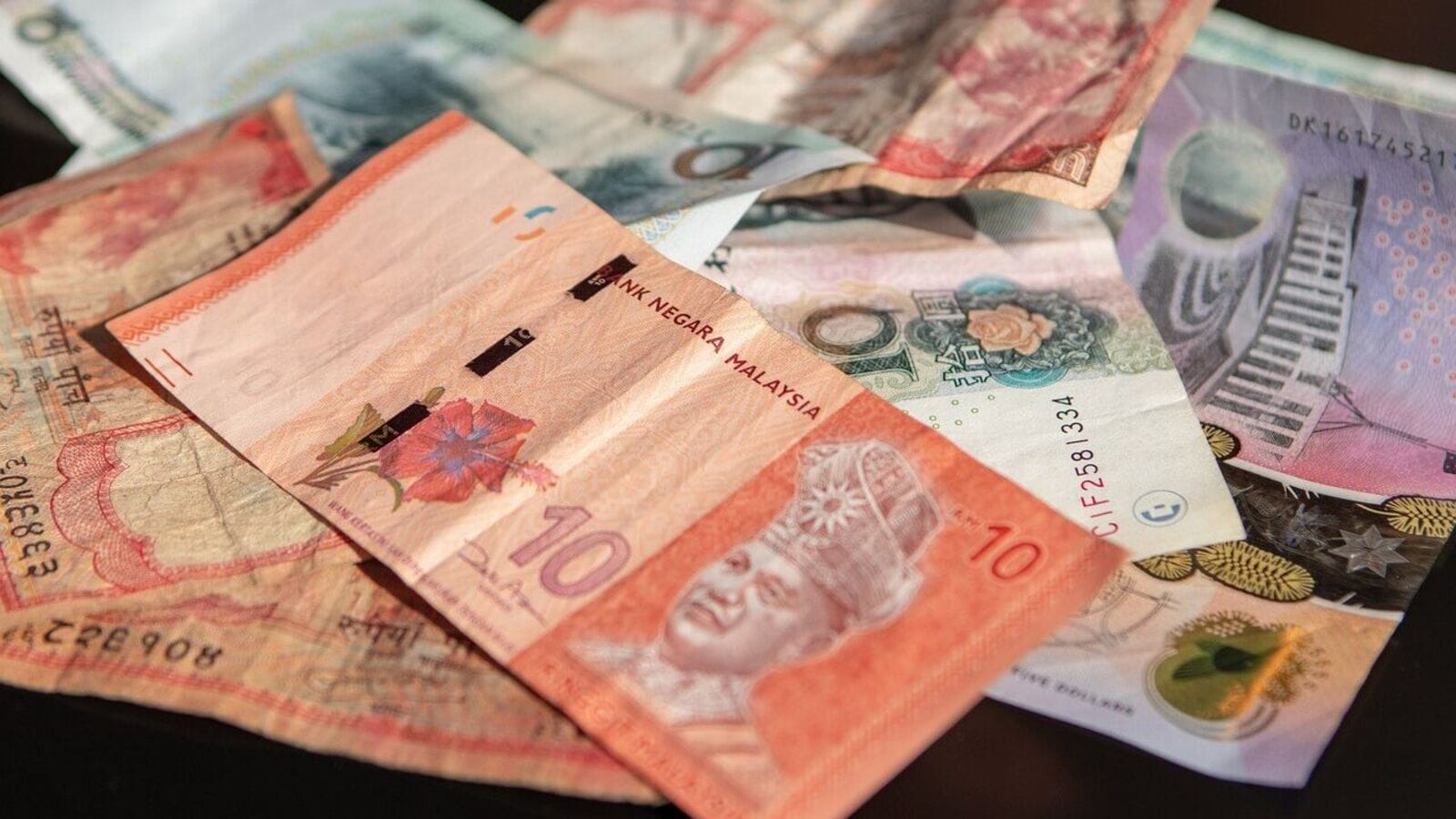China’s yuan closed its weakest level in 17 years on Wednesday, after a record-less decline in its offshore counterpart overnight, stressed from the growing US-China trade war shook money markets.
Frightening Yuan Domestic trade ended at 7.3498 per dollar since December 2007 – the lowest closing.
The currency slide coincides with growing trade tension between the world’s two largest economies. On Wednesday, US President Donald Trump’s “mutual” tariffs became effective, including 104% standing duties on Chinese imports.
In response, Chinese top officials are expected to call on Wednesday, according to sources familiar with the situation, to prepare measures aimed at increasing the economy and pacifying capital markets on Wednesday.
Despite the tariff -related pressure, Chinese central bank is unlikely to allow the yuan to be a sharp depreciation. Sources said that it has instructed banks owned by the major state to return their purchase of US dollars.
Why did China’s currency slide?
Capital Economics quoted the Reuters as saying, “The latest US tariff hike means that China’s shipment in the US will be more than half in the coming years, even the renaminby assuming that weakening up to 8 dollars,” was said by Reuters.
“It will reduce ChinaGDP somewhere between 1.0–1.5% depending on the range of Rerouting (exports through other countries). This is a big hit as much as we accepted, but perhaps it will be found with another expansion in fiscal support, ”said this.
The offshore yuan trimmed their earlier losses and increased by about 0.7% to 7.3769 per dollar during the Asian trade, with rebounding after more than 1% fall in the previous season when it touched a record of 7.4288 overnight.
On Wednesday, People’s Bank of China marked the Yuan’s midpoint rate – reference point for onshore trading within 2% band – 7.2066 per US dollars, on September 11, 2023, its weakest level since 2023. This allows the fixing yuan to be reduced as 7.3507, slightly above 7.3510.
According to two sources familiar with the situation, banks owned by Chinese state sold US dollars in the onshore spot market on Wednesday morning in an attempt to slow the Yuan’s depreciation.
Despite these efforts, both onshore and offshore yuan have fallen more than 1% this month, weaker than the beginning of the year, roughly due to concerns on the impact of tariffs.
On Tuesday, former President Trump accused China Devaluation of your currency to combat the effects of tariffs.
Economists stated that while a weak yuan can help make sugar exports more competitive and reduce some economic pressure, a fall in a fall may trigger capital outflow and pose a risk to financial stability.
(With input from Reuters)
Disclaimer: This story is only for educational purposes. The above views and recommendations belong to individual analysts or broking companies, not mint. We recommend investors to investigate with certified experts before taking any investment decisions.








